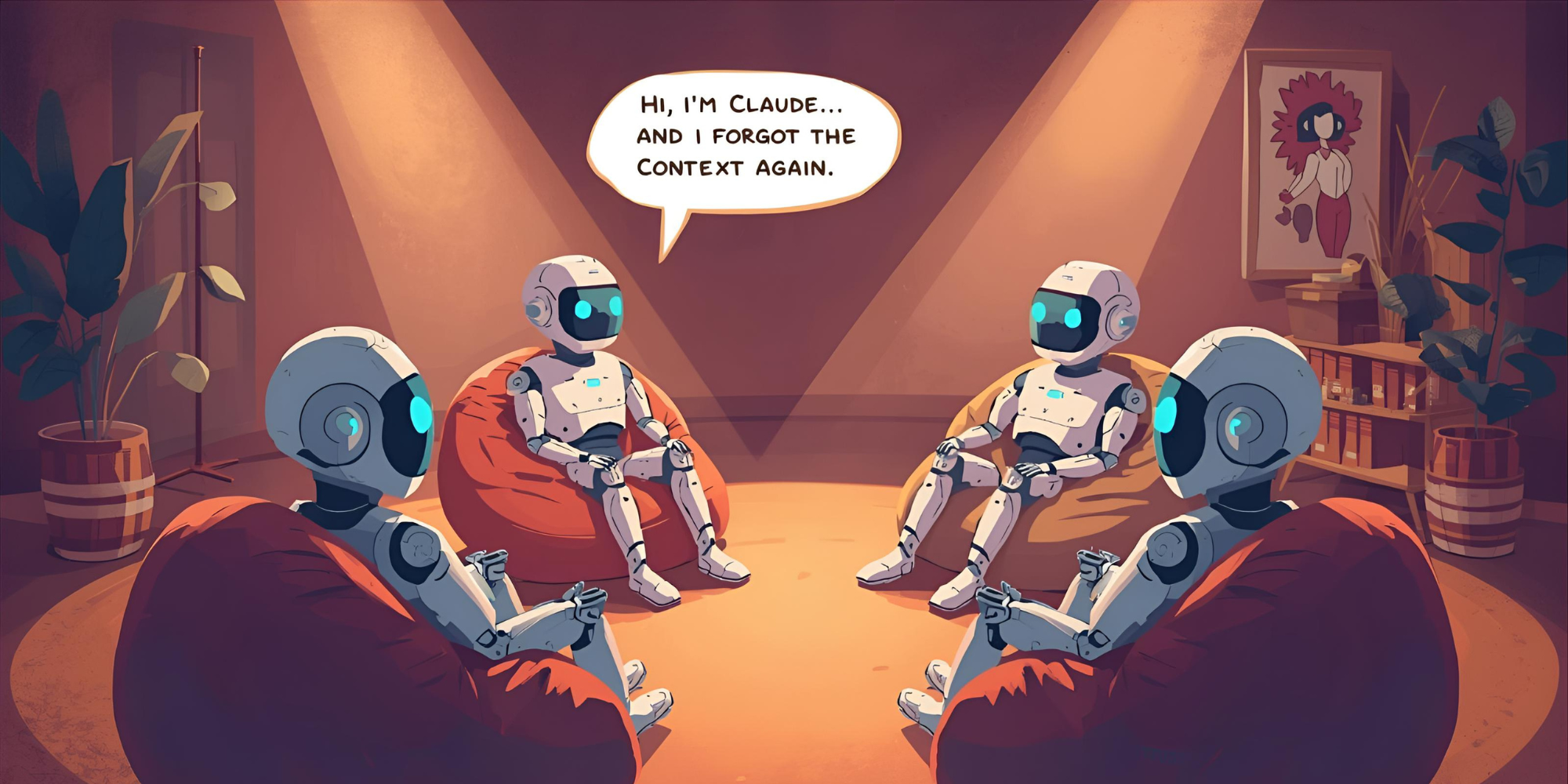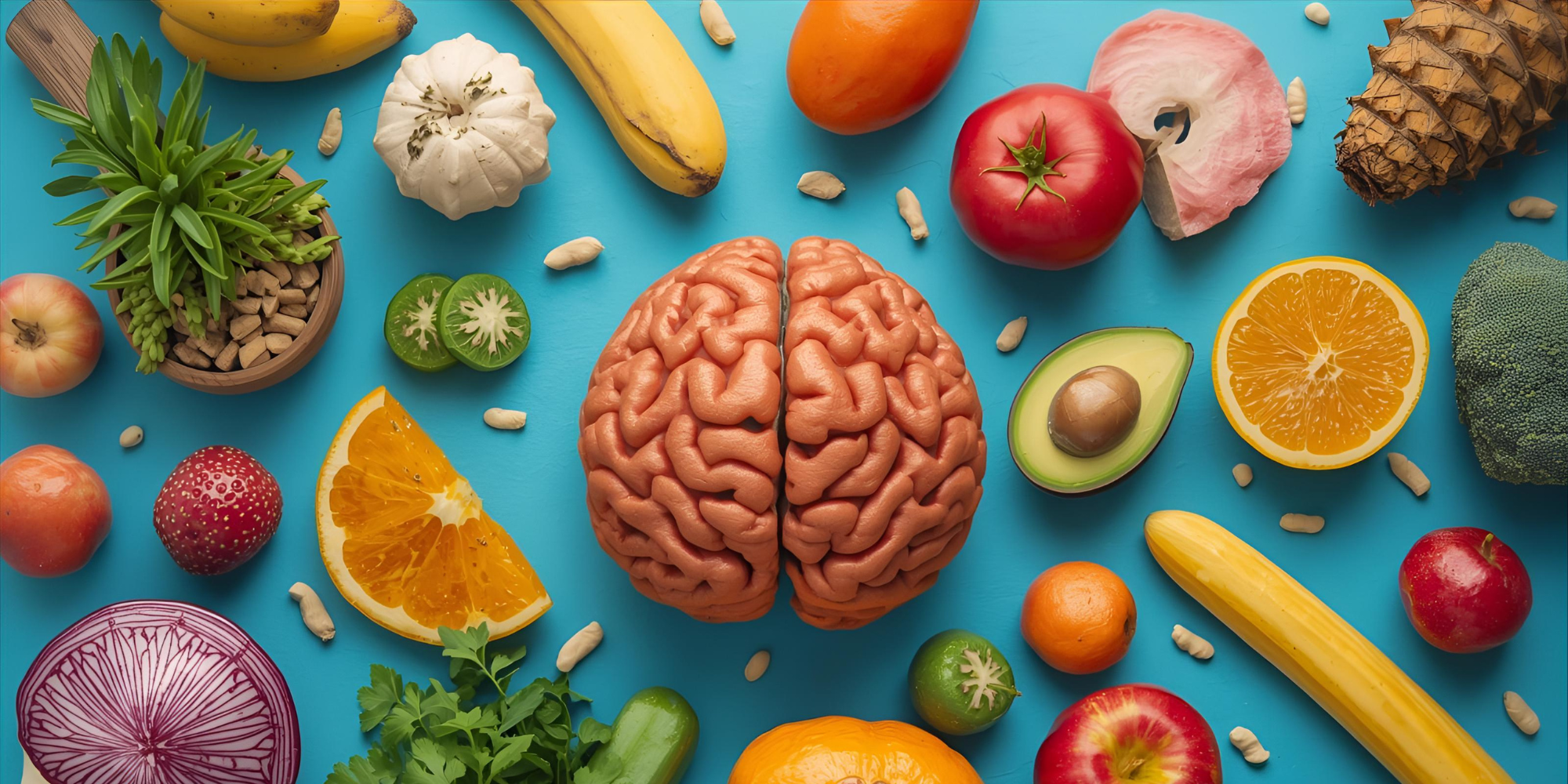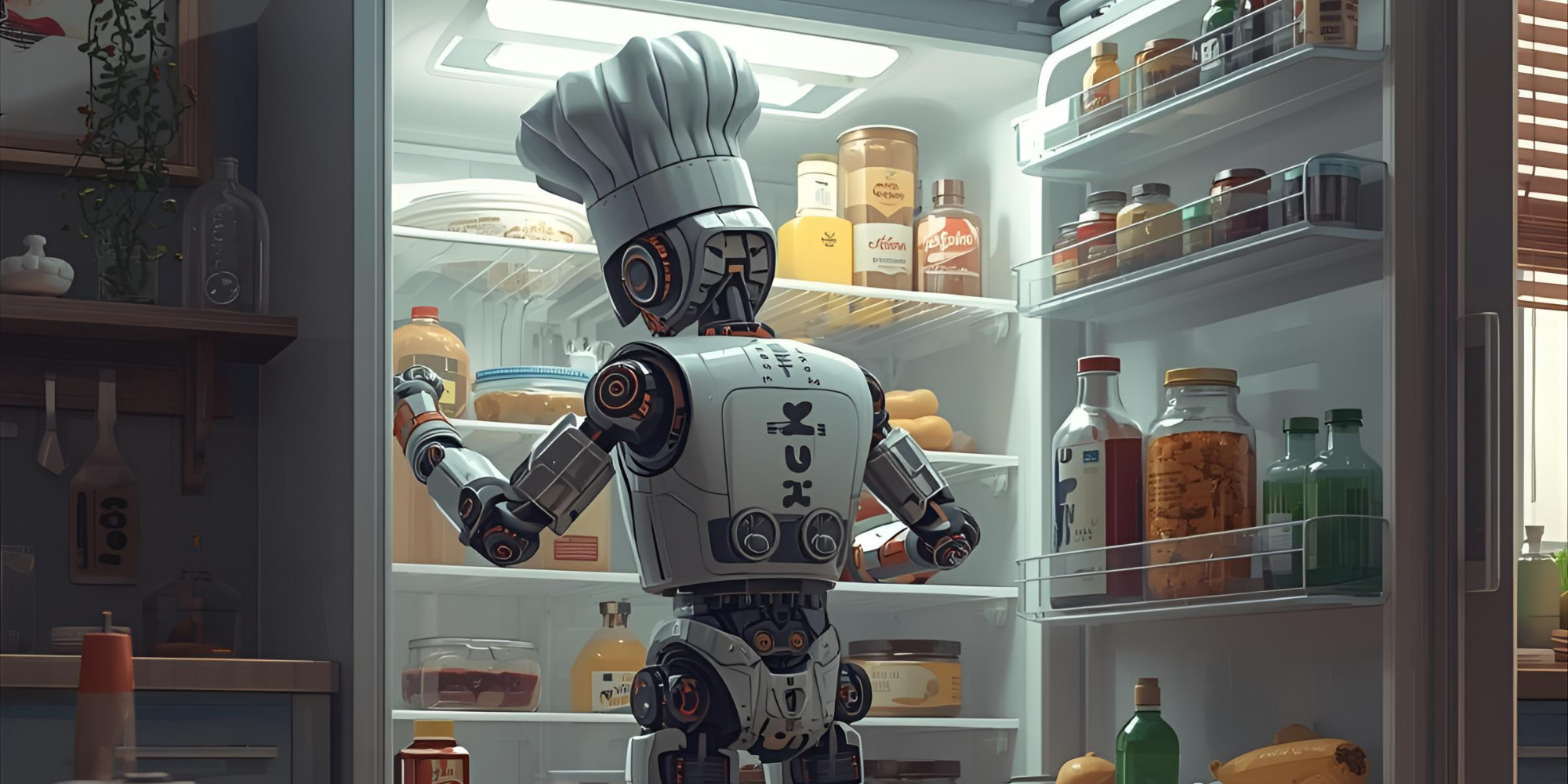What I learned from building Feed Bob — a shared brain for teams
Six months ago, I was drowning in context chaos. Today, I'm building the solution I wish I'd had. Here's what happened in between.

Behind-the-scenes view of building Feed Bob with sketches, code, and user feedback
It started with a text message from my co-founder at 11:47 PM: "We need to stop re-explaining everything to AI." He was right. We'd just spent two hours in different ChatGPT conversations, both trying to get help with the same product decision, both providing completely different context about our users, goals, and constraints.
Two smart people, same problem, totally different AI advice. That's when I knew we had to build something. 🚀
The problem I couldn't unsee
Once you notice context chaos, you see it everywhere. Teams spending hours re-uploading the same documents to AI tools. Brilliant insights trapped in Slack threads. New hires asking questions that were answered six months ago but nobody could find the conversation.
We were all building individual relationships with AI tools, but none of our AI conversations could learn from each other. Every interaction started from zero. It felt like having a team of researchers who never shared notes.
What I got wrong (almost everything)
My first instinct was to build a better file organizer. Wrong.
Then I thought the answer was smarter search. Also wrong.
I spent three weeks building an elaborate tagging system that nobody used. I created templates that felt like homework. I built features that solved theoretical problems nobody actually had.
The breakthrough came when I stopped thinking about knowledge management and started thinking about AI memory.
The "hungry brain" moment
I was explaining the concept to a friend over coffee, struggling to articulate what we were building. "It's like... your team has this little brain that's always hungry for knowledge. And the more you feed it, the smarter it gets."
She laughed. "So it's like a Tamagotchi, but for information?"
That's when Feed Bob was really born. Not as a productivity tool or a file manager, but as your team's hungry little brain. 🧠🍝
Playful enough to not feel like work. Smart enough to actually help. Always ready for the next piece of knowledge you want to share.
Building in public changed everything
I'd never shared work in progress before. Too scary. Too messy. Too... vulnerable.
But Feed Bob felt different. The problem was so universal, so frustrating, that I started tweeting about it. Just venting, really.
"Spent 30 minutes this morning re-uploading project context to ChatGPT. There has to be a better way."
That tweet got 200 replies. All variations of "YES, THIS." People sharing their own context chaos stories. Teams tagging each other like "this is exactly what we were talking about yesterday."
Suddenly I wasn't building in isolation anymore. I had a community of people solving the same problem, sharing ideas, testing early versions, telling me what worked and what didn't.
What building in public actually looks like
Everyone talks about building in public like it's this pure, noble thing. Here's what it actually felt like:
Terrifying. Sharing half-broken prototypes and getting feedback like "this is confusing" when you already know it's confusing but hoped nobody would notice.
Humbling. Realizing that your clever technical solution doesn't matter if people can't figure out how to use it.
Energizing. Getting messages from people who tried your thing and said "this saved me two hours today" makes every late night worth it.
Strategic. You find product-market fit faster because your market is literally helping you build the product.
The technical challenges nobody talks about
Making AI "remember" things turns out to be harder than it sounds.
It's not just storage — it's understanding. Bob needs to extract meaning from a PDF, connect it to previous conversations, understand when information is relevant to new questions, and export everything in a format that makes sense to other AI tools.
Every file type has its quirks. PDFs with weird formatting. Images that need OCR. Meeting recordings with overlapping voices. Slack threads where the important context is in emoji reactions.
The goal isn't perfect extraction — it's useful extraction. Good enough to make AI conversations dramatically better, reliable enough that teams actually trust it.
What I'd do differently
Start with the export, not the import. I spent months perfecting how Bob ingests content before figuring out how teams actually want to use it. Build backwards from the AI conversation experience.
Talk to more teams earlier. My assumptions about how teams manage knowledge were wrong in subtle but important ways. Real user research beats founder intuition every time.
Make it feel less like work. Knowledge management has a productivity tool reputation problem. The best solutions feel more like feeding a pet than filing documents.
Where this is all heading
We're still early in the AI collaboration era, but I'm convinced about one thing: the teams that figure out persistent knowledge first will have an unfair advantage.
Not because they have better AI tools. Because they have better AI conversations. 💬
Five years from now, the idea of starting every AI interaction from scratch will seem as absurd as clearing your browser cache before every Google search.
Teams will have AI relationships, not AI transactions. Their AI tools will know their history, understand their context, and build on previous conversations instead of starting over every time.
Feed Bob is my bet on that future. A hungry little brain that makes every AI conversation smarter because it remembers what came before.
The journey continues
Six months in, hundreds of conversations, dozens of iterations, and we're just getting started.
Every week brings new stories from teams who've fed Bob their knowledge and watched their AI conversations transform. Product decisions that build on previous insights. Customer conversations that inform strategy. Technical discussions that reference past solutions.
It's exactly what I hoped for when I sent that late-night text about re-explaining everything to AI.
The future where teams have shared AI memory isn't coming — it's here. We're just making it accessible to everyone. 🌟
Want to follow along as we build Feed Bob?
Join our beta to test Feed Bob with your team. Currently saving teams 30+ minutes per day by eliminating context re-explaining.
Join the Beta →Free for early teams • Limited spots available


